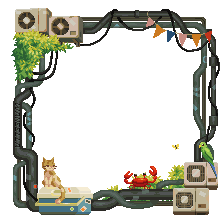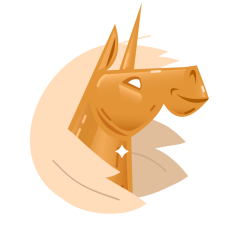Instal Steam
login
|
bahasa
简体中文 (Tionghoa Sederhana)
繁體中文 (Tionghoa Tradisional)
日本語 (Bahasa Jepang)
한국어 (Bahasa Korea)
ไทย (Bahasa Thai)
Български (Bahasa Bulgaria)
Čeština (Bahasa Ceko)
Dansk (Bahasa Denmark)
Deutsch (Bahasa Jerman)
English (Bahasa Inggris)
Español - España (Bahasa Spanyol - Spanyol)
Español - Latinoamérica (Bahasa Spanyol - Amerika Latin)
Ελληνικά (Bahasa Yunani)
Français (Bahasa Prancis)
Italiano (Bahasa Italia)
Magyar (Bahasa Hungaria)
Nederlands (Bahasa Belanda)
Norsk (Bahasa Norwegia)
Polski (Bahasa Polandia)
Português (Portugis - Portugal)
Português-Brasil (Bahasa Portugis-Brasil)
Română (Bahasa Rumania)
Русский (Bahasa Rusia)
Suomi (Bahasa Finlandia)
Svenska (Bahasa Swedia)
Türkçe (Bahasa Turki)
Tiếng Việt (Bahasa Vietnam)
Українська (Bahasa Ukraina)
Laporkan kesalahan penerjemahan










































Grasses are an important food for many animals, such as deer, buffalo, cattle, mice, grasshoppers, caterpillars and many other grazers. Unlike other plants, grasses grow from the bottom, so when animals eat grass they usually do not destroy the part that grows.[2] This is a part of why the plants are successful. Without grass, soil may wash away into rivers (erosion).
The grasses include the "grass" of the family Poaceae. This family is also called Gramineae. The family also include some of the sedges (Cyperaceae) and the rushes (Juncaceae).[1] These three families are not closely related but all of them belong to clades in the order Poales. They are similar adaptations to a common life-style.
The true grasses include cereals, bamboo and the grasses of lawns (turf) and grassland. Uses for graminoids include food (as grain, sprouted grain, shoots or rhizomes), drink (beer, whisky), pasture for livestock, thatching thatch, paper, fuel, clothing, insulation, construction, sports turf, basket weaving and many others.